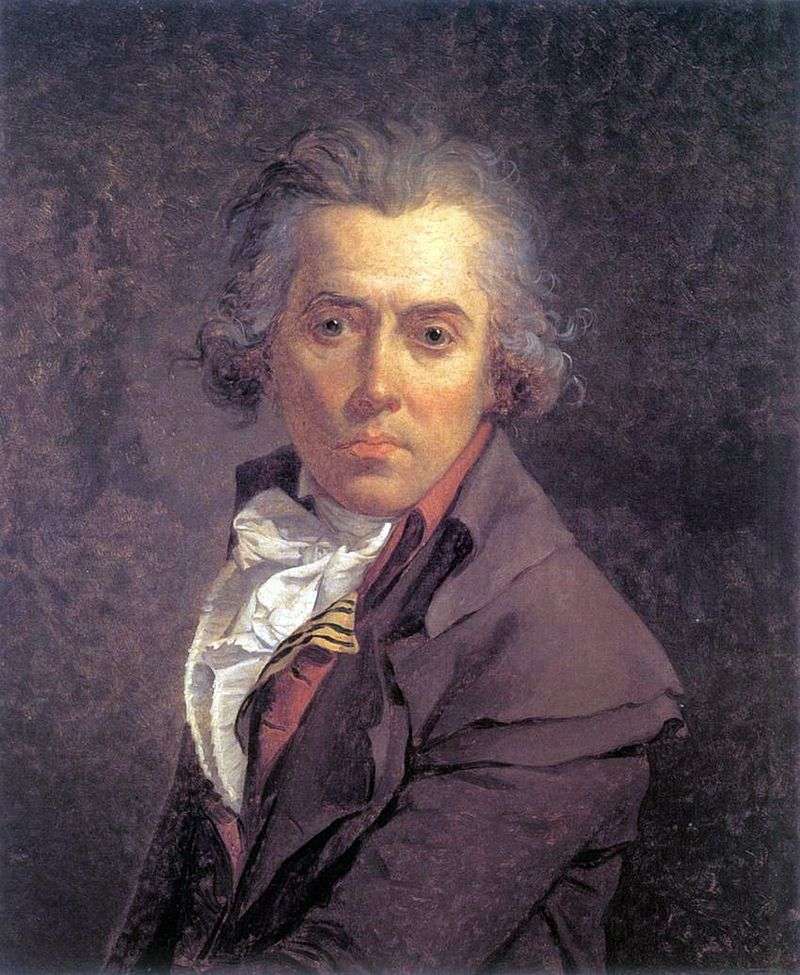
Self-portrait of the French painter Jacques Louis David. The size of the portrait is 64 x 53 cm, canvas, oil. Jacques Louis David, the founder of revolutionary classicism, had a tremendous impact on the development of French art. He was an artist of great ideological aspirations, bright creative achievements, brilliant organizer of the artistic life of the country of that time.
Coming from a bourgeois environment, David belonged to the number of active participants in the revolution. He was a member of the Convention, a friend of Robespierre, voted for the execution of the king. His work began before the revolution. Purposeful, energetic, strong-willed, David put his works on the competition three times and yet achieved an academic award for a trip to Italy.
Early works of David are performed in the traditions of the academic school. Under the influence of classical examples of the art of antiquity and the Renaissance, under the leadership of Vien, one of the ardent adherents of antiquity and “strict style,” David’s creative face changes dramatically. Jacques Louis David refuses the mythological themes and turns to ancient Roman history.
On the other hand, a big place in his work is occupied by a portrait. In his historical paintings created before the revolution, David glorified heroes who sacrificed personal good for the sake of public duty. Thus, Jacques Louis David called for heroism, for self-denial in the name of the fatherland, for courage and valor, whose ideal was seen in antiquity.
The heroes of David are fearless Stoics. They will not falter in the face of death. Expressive and two self-portraits of the artist, created during the rise of his political career. Both self-portraits became examples of a classic portrait of the second half of the 18th century, in which not only human qualities are revealed, but also civil activity.
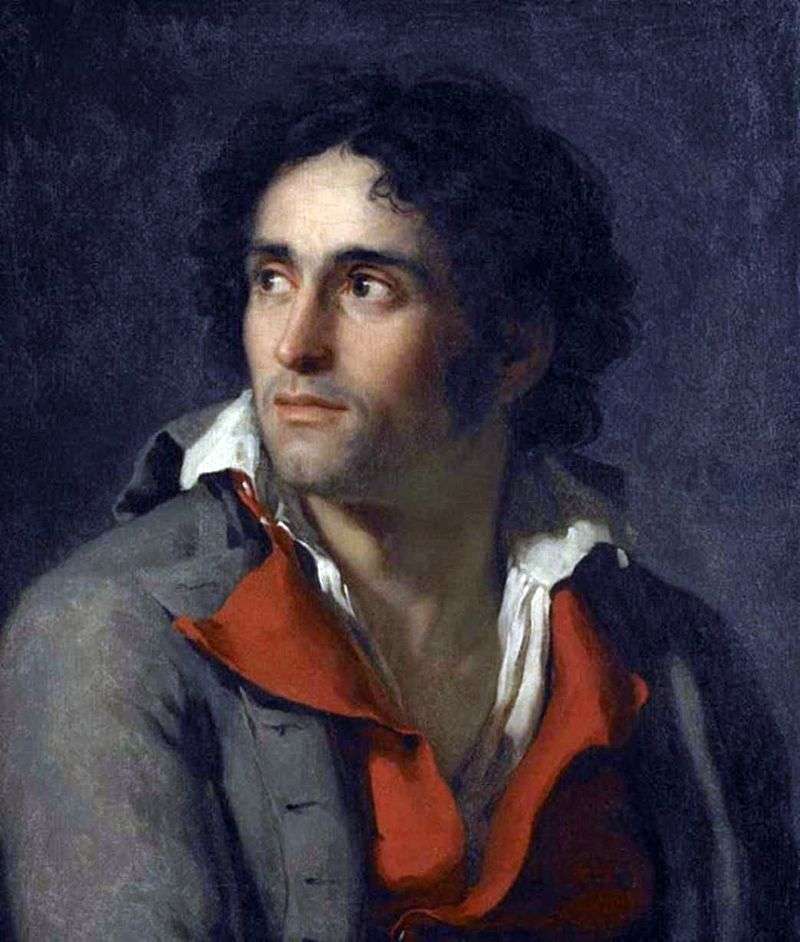 Portrait of the jailer by Jacques Louis David
Portrait of the jailer by Jacques Louis David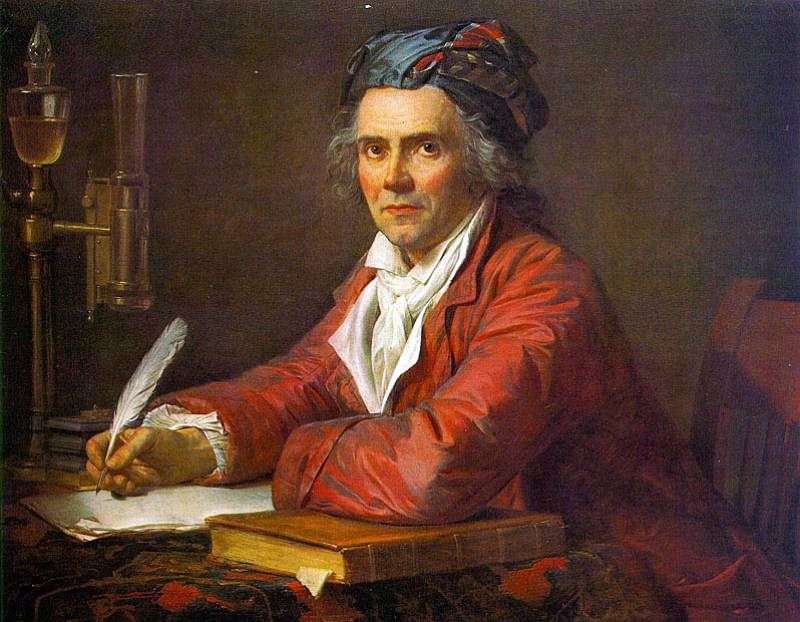 Portrait of Dr. Alfons Leroy by Jacques Louis David
Portrait of Dr. Alfons Leroy by Jacques Louis David Zinaida and Charlotte Bonaparte by Jacques Louis David
Zinaida and Charlotte Bonaparte by Jacques Louis David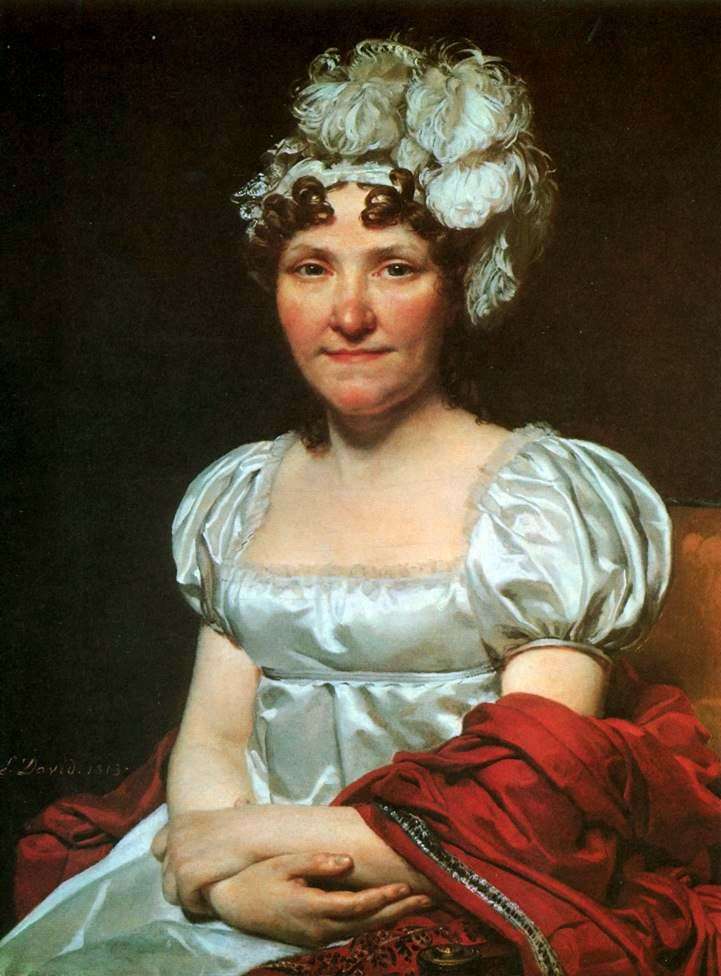 Margarita-Charlotte David by Jacques Louis David
Margarita-Charlotte David by Jacques Louis David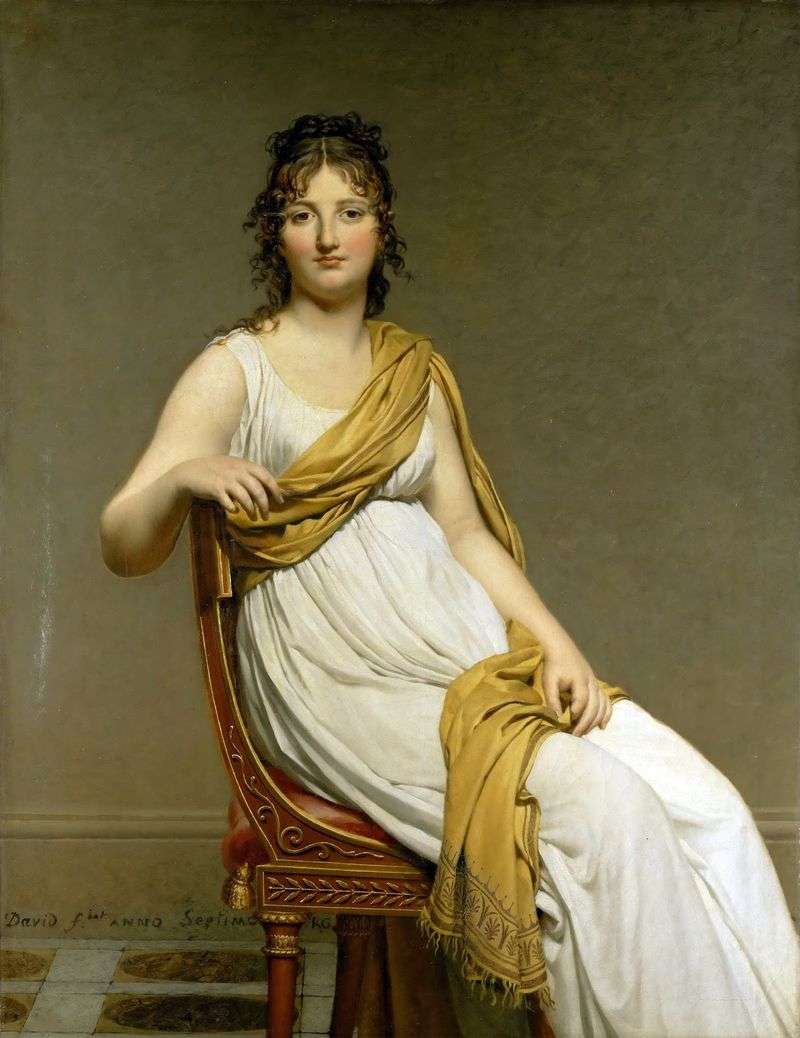 Portrait of Madame Henrietta de Verniniac by Jacques Louis David
Portrait of Madame Henrietta de Verniniac by Jacques Louis David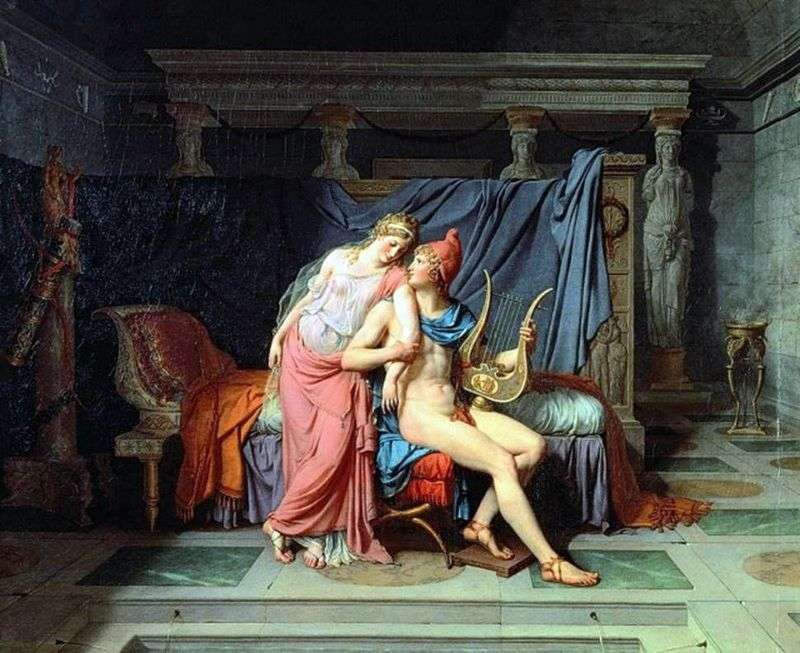 Love of Paris and Helena by Jacques Louis David
Love of Paris and Helena by Jacques Louis David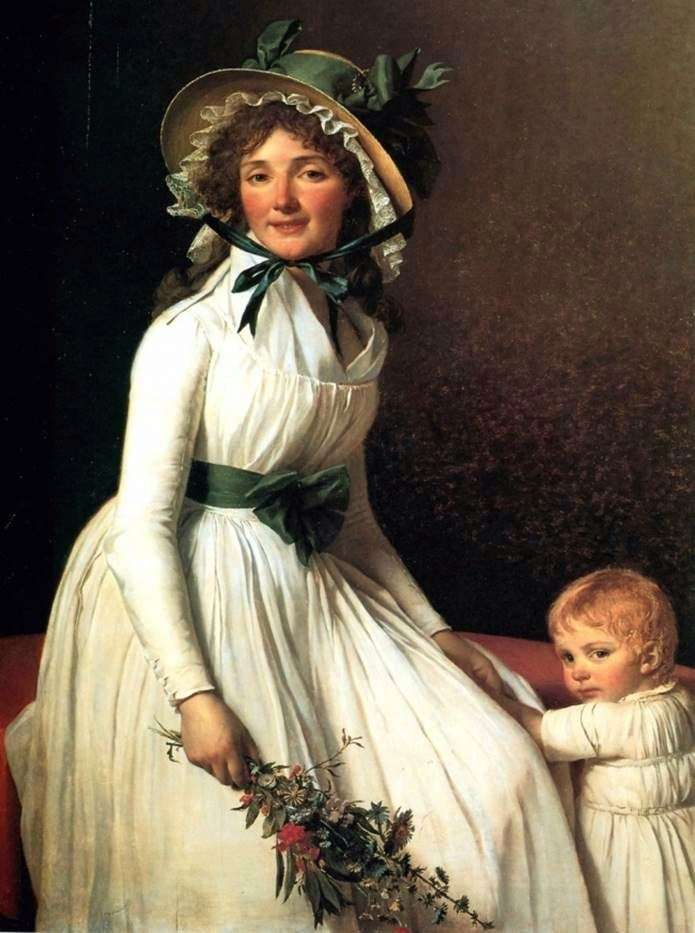 Portrait of Madame Emilia Serizia by Jacques Louis David
Portrait of Madame Emilia Serizia by Jacques Louis David Pierre Serizia by Jacques Louis David
Pierre Serizia by Jacques Louis David